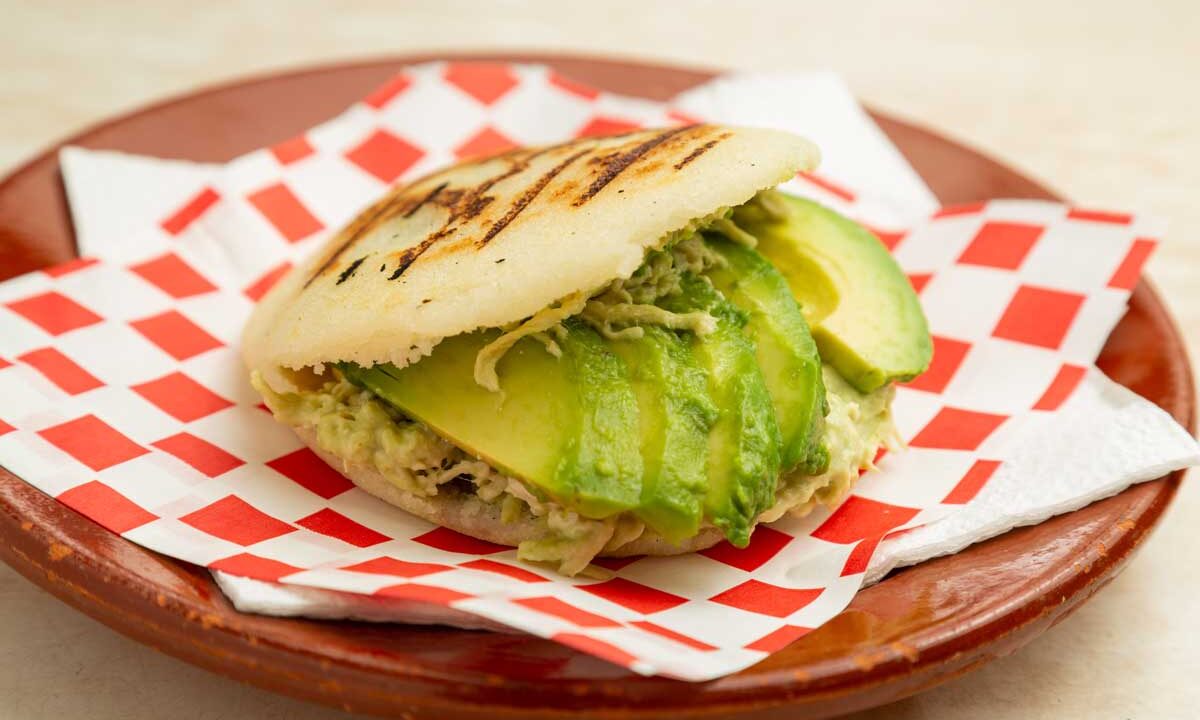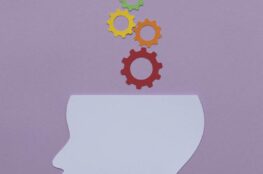Reading is one of the best ways to expand knowledge, challenge perspectives, and dive into subjects that shape our lives. Recently, I explored three fascinating books covering health and philosophy. Each offers unique insights into the world around us. I discovered these while recovering from a knee injury.

Here’s a look at what I learned from these books.
*1. Magnesium and Its Benefits**
Magnesium plays a crucial role in our overall well-being, yet it’s often overlooked in daily health discussions. The book I read about magnesium dives deep into its importance for bodily functions. It covers everything from muscle and nerve health to sleep and mood regulation.
**Key Takeaways:**
– Magnesium is essential for over 300 biochemical reactions in the body, including energy production and heart health.
– It can help reduce stress, improve sleep quality, and support bone health.
– Many people unknowingly suffer from magnesium deficiency, leading to symptoms like fatigue, anxiety, and muscle cramps.
– Including magnesium-rich foods like nuts, seeds, and leafy greens in daily meals can naturally boost levels.
This book was an eye-opener on how small nutritional changes can make a big impact on health. If you’ve been feeling sluggish or stressed, magnesium be the missing link!
*2. Thriving Beyond Fifty- Will Harlow
*3. Life Is Short and so is the book -by Peter Atkins
Philosophy often reminds us to embrace the fleeting nature of life, and this book does exactly that. Through thought-provoking reflections, it explores themes of time, purpose, and how to make the most of every moment.
**Key Takeaways:**
– Time is the most valuable resource—we should spend it wisely on things that truly matter.
– Living with gratitude and mindfulness can enhance daily happiness.
– Fear of failure often holds people back; embracing risk can lead to growth and fulfillment.
– Prioritizing meaningful experiences over material possessions leads to a richer life.
This book was a powerful reminder to live intentionally, appreciate small joys, and focus on what genuinely brings fulfillment.
That’s a fascinating pairing of titles!
Thriving Beyond Fifty by Will Harlow seems to be a practical guide. It focuses on health, mobility, and well-being for those over fifty. It emphasizes natural strategies to avoid pain and surgery. This approach aligns with the wish to make the most of one’s time and physical capabilities as life progresses. The title suggests that life is advancing quickly at that stage. Yet, there is still ample opportunity to thrive.
It sounds like a collection of impacting thoughts. It is designed for quick reflection. This encourages readers to focus on what truly matters in their limited time.
These two books are interesting in how they engage with the concept of time. They explore how we choose to live within its constraints. One focuses on extending the quality of our physical time. The other encourages maximizing the meaning and impact of the time we have.
Key takeaways from “Thriving Beyond Fifty”!
Consistency in physiotherapy sounds like a crucial element for maintaining flexibility and mobility as we age. The book provided valuable insights into specific issues like knee and ankle problems. It offered practical PT solutions.
It makes perfect sense. A book focused on thriving in later years would emphasize proactive and consistent care for our physical well-being. Our bodies are our vehicles through life. Maintaining them allows us to experience that life more fully and actively. This is true regardless of age.
The “sit and stand up from a chair” movement is often referred to as a chair squat. It is a cornerstone of functional fitness, especially as we age. It targets several key muscle groups essential for daily life, including:
* Quadriceps: The muscles on the front of your thighs, are crucial for straightening your legs.
* Hamstrings: The muscles on the back of your thighs, are important for bending your knees and extending your hips.
* Glutes: The muscles in your buttocks, powerful hip extenders that contribute significantly to standing up.
* Calves: The muscles in your lower legs, which help with ankle stability and pushing off the ground.
* Core: The muscles in your abdomen and back, which offer stability and control throughout the movement.
Incorporating chair squats into your daily routine can offer many benefits, such as:
* Improved Lower Body Strength: Making everyday activities like getting in and out of chairs, walking, and climbing stairs easier.
* Enhanced Balance and Stability: Strengthening the muscles around your hips and knees contributes to better balance and reduces the risk of falls.
* Increased Functional Independence: Maintaining the ability to do these fundamental movements independently is key to a higher quality of life.
* Greater Flexibility in Hips and Knees: The controlled range of motion involved in chair squats can help keep and even improve flexibility.
It highlights the importance of foundational movements and how consistently practicing them can have a significant impact on maintaining physical ability as we age, aligning perfectly with the title “Thriving Beyond Fifty.
Excellent addition! The goblet squat is a fantastic variation that builds upon the basic squat and offers some unique advantages. By holding a weight (like a dumbbell or kettlebell) close to your chest, it encourages:
* Improved Posture: The weight in front helps to counterbalance your body, naturally promoting a more upright torso and preventing you from leaning too far forward. This can translate to better posture in everyday life.
* Increased Core Engagement: Holding the weight requires your core muscles to work harder to stabilize your body throughout the movement. This strengthens your abdominal and back muscles more effectively than a regular bodyweight squat.
* Greater Depth: The counterbalancing effect of the weight can often allow individuals to squat deeper with better form, leading to a more effective workout for the glutes and quads.
* Enhanced Quad Activation: The upright posture often leads to greater activation of the quadriceps muscles.
* Accessibility: It can be a good progression for those who find regular back squats intimidating or have limitations.
Combining chair squats with goblet squats in your routine provides a well-rounded approach to lower body strength and stability. The chair squat focuses on the fundamental movement pattern needed for daily life. The goblet squat adds an element of load and enhanced core engagement.
*Final Thoughts*
Each of these books offered valuable insights—whether on health or the deeper meaning of life. Reading diverse subjects keeps curiosity alive and broadens perspectives.
Sources-
- Magnesium: What Your Doctor Needs You To Know: Including: How to Fight Diabetes, Have a Healthy Heart, and Get Strong Bones!
- Thriving Beyond Fifty- Will Harlow
- Life is short and so is the book
You may like to read Golden Oriole













Comments are closed.